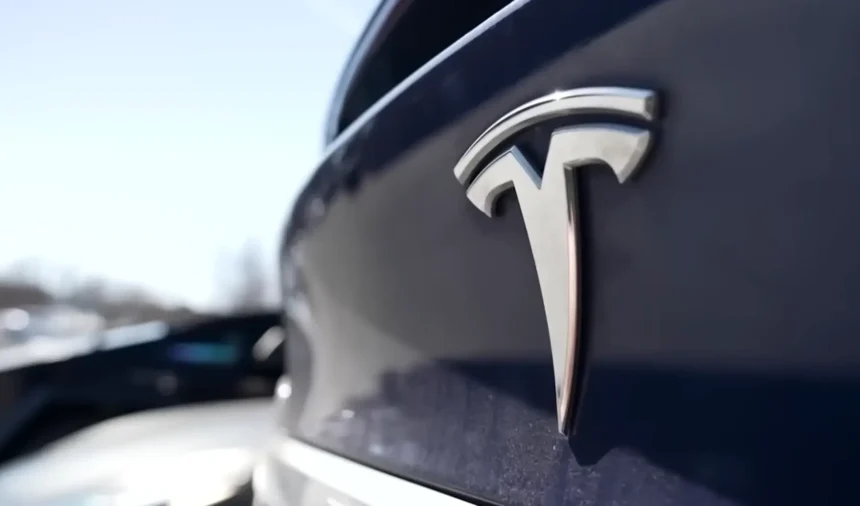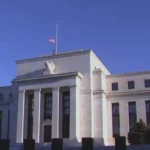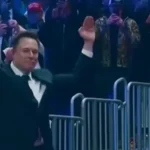March 29, 2025 – Fremont, California
In a shocking turn of events, whispers are growing louder that Tesla, the electric vehicle giant once hailed as the future of transportation, might be facing its final days. Sources close to the company suggest that a perfect storm of plummeting sales, supply chain chaos, and Elon Musk’s polarizing leadership could force Tesla to shutter its doors as early as this summer, sending shockwaves through the tech and automotive worlds.
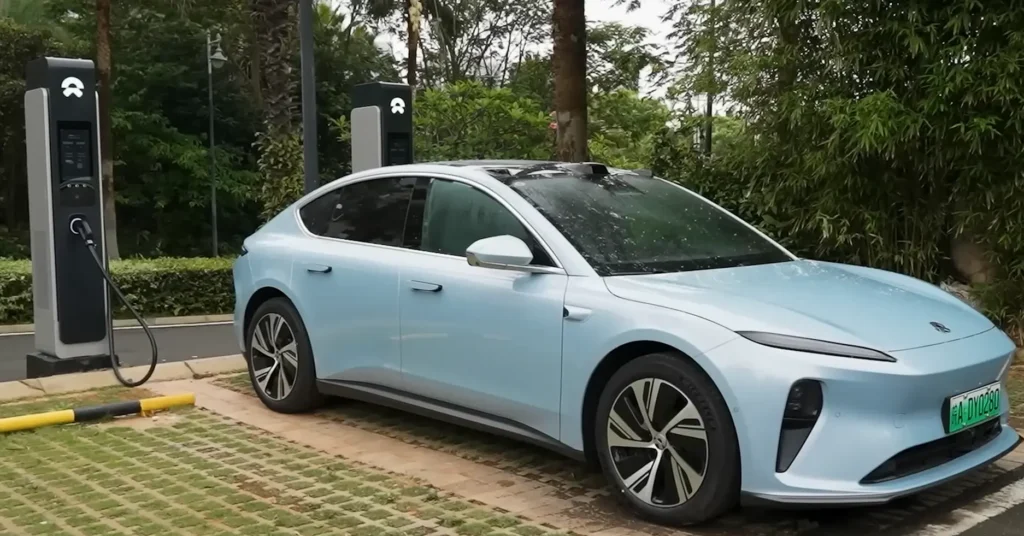
Tesla, the (EV) pioneer that once dominated the global market, is grappling with a significant sales drop in 2025, raising questions about the company’s future trajectory. Early reports and industry insights point to a confluence of factors—ranging from intensified competition to operational hurdles and shifting consumer perceptions—driving this downturn, with ripple effects felt across key markets like the United States, Europe, and China.
While Tesla has not yet released official first-quarter figures for 2025, preliminary data from various regions suggest a sharp year-over-year decline. In the U.S., Tesla’s largest market, registrations in California—the nation’s EV epicenter—fell by double digits in 2024, a trend that appears to have worsened into 2025 based on anecdotal reports from dealers and analysts. Globally, Tesla’s sales are estimated to have dropped significantly in Q1 2025 compared to the same period in 2024, when the company delivered 386,810 vehicles. This follows a 1.1% annual sales decrease in 2024—the first in over a decade—when Tesla moved 1.79 million vehicles, down from 1.81 million in 2023.
One of the most cited reasons for Tesla’s sales slump is the surge of competition in the EV sector. Rivals like China’s BYD, which overtook Tesla as the world’s top EV seller by volume in 2024, have capitalized on offering lower-priced models with competitive range and features. BYD’s sales soared past 1.76 million EVs in 2024, bolstered by its affordable offerings and a robust hybrid lineup, while Tesla’s cheapest model, the Model 3, starts at a higher price point. In the U.S., legacy automakers like Ford and Chevrolet have ramped up EV production—Ford’s EV registrations jumped 54% in January 2025 year-over-year—eating into Tesla’s once-dominant market share, which has slipped below 50% in some regions.
Tesla’s aging lineup exacerbates this challenge. The Model Y, its best-seller, launched in 2020, and the Model 3, refreshed in 2023, face newer, flashier alternatives from competitors. The Cybertruck, introduced in late 2023, has niche appeal but hasn’t moved the needle significantly due to its high cost and polarizing design. Meanwhile, Tesla’s long-promised $25,000 compact EV remains absent, leaving a gap in the mainstream market that rivals are eagerly filling.
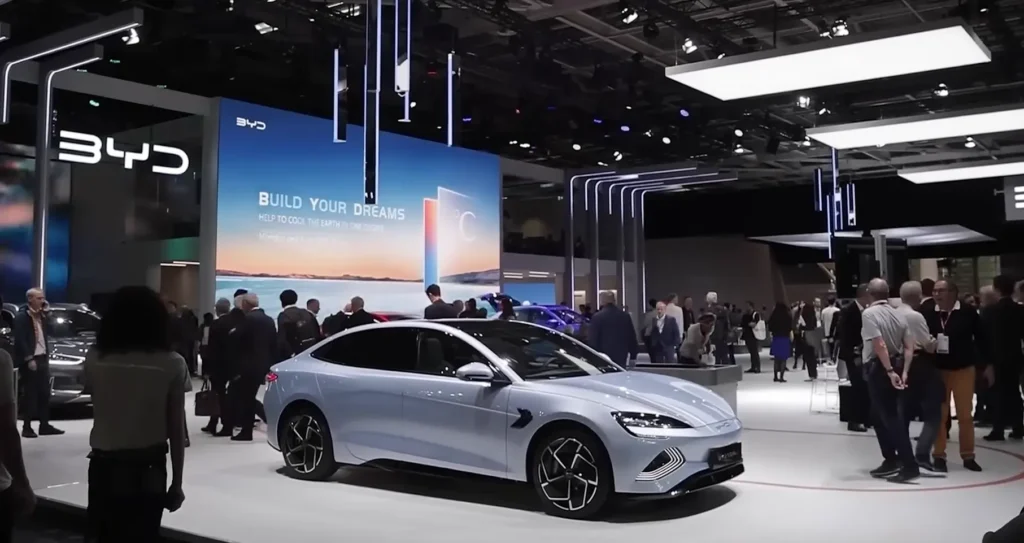
Operational setbacks have also hit Tesla hard. The transition to a refreshed Model Y, dubbed “Juniper,” has disrupted production. Factory upgrades in Shanghai and Fremont have led to temporary shutdowns, reducing output at a time when demand is already softening. A global shortage of rare earth metals, critical for EV batteries, has further strained Tesla’s supply chain, with reports of unfinished vehicles piling up at its facilities. In Q4 2024, Tesla produced 459,445 vehicles but delivered 495,570, suggesting it leaned on inventory to meet targets—a strategy that’s harder to sustain as production lags.
Elon Musk, Tesla’s CEO, has long been a double-edged sword for the brand. His high-profile role in the Trump administration’s Department of Government Efficiency (DOGE) initiative, launched in early 2025, has polarized consumers. Musk’s vocal support for controversial policies and his alignment with right-wing figures have alienated segments of Tesla’s historically progressive, eco-conscious customer base. In California, where EVs thrive among liberal-leaning buyers, this backlash is palpable—dealerships report customers trading in Teslas for alternatives, citing discomfort with Musk’s politics.
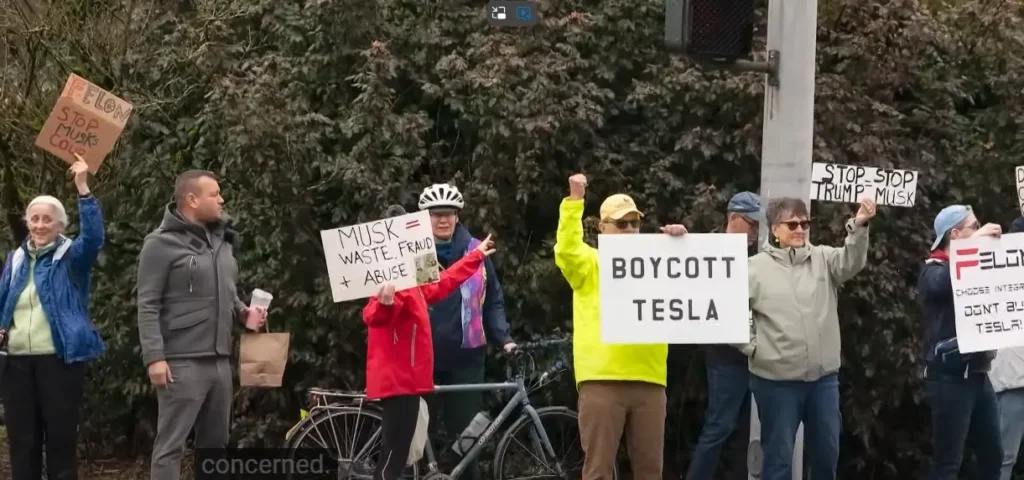
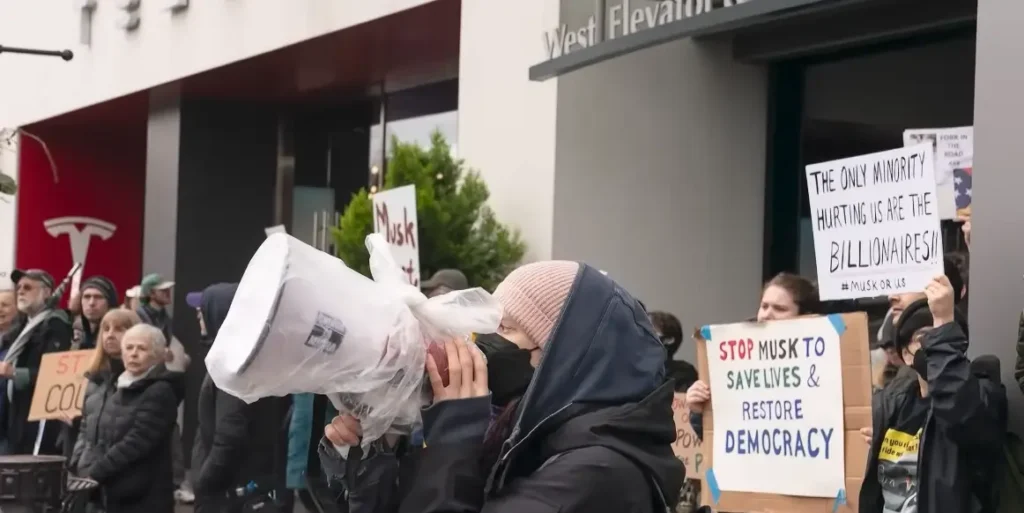
Protests targeting Tesla stores and charging stations have popped up in the U.S. and Europe, amplifying the brand’s image woes. While it’s difficult to quantify the exact impact, analysts note that Tesla’s sales drops in environmentally focused markets outpace broader EV market trends, hinting at a “Musk effect” at play.
Elon Musk, never one to shy away from the spotlight, addressed the rumors on X late Friday night, posting: “Tesla’s fine, haters gonna hate. We’ve got surprises coming—big ones.” But the cryptic message only fanned the flames, with #TeslaDoomed trending within hours. Fans and critics alike flooded the platform, some pleading for Musk to refocus on innovation, others gleefully predicting the end of his reign. “He’s too busy playing government with Trump to save his own company,” one user quipped, referencing Musk’s role in the administration’s DOGE initiative.
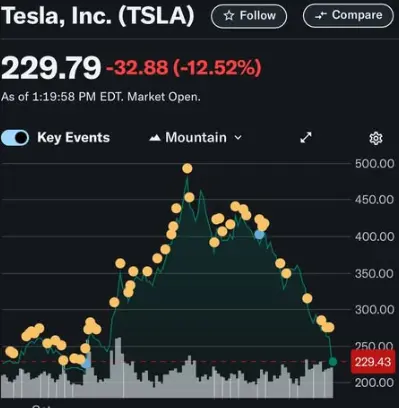
Wall Street’s reacting too—Tesla’s stock plummeted 12% in after-hours trading, wiping out $90 billion in market value overnight. Analysts are split: some call it a temporary dip, pointing to Tesla’s history of defying odds, while others warn it’s the beginning of the end. “The brand’s toxic now,” said automotive expert Jessica Caldwell. “Musk built Tesla on vision, but he’s torching it with chaos.”
The ripple effects could be massive. Tesla employs over 70,000 people in the U.S. alone, and a closure would devastate communities like Fremont and Sparks, Nevada. Suppliers are already bracing for unpaid bills, and EV enthusiasts are mourning the potential loss of an icon. “I waited two years for my Cybertruck,” said one disappointed buyer on TikTok, holding up a cancellation notice. “Now it’s just a $100,000 paperweight.”
As speculation swirls, all eyes are on Musk’s next move. Will he pull a rabbit out of his hat with a last-minute innovation—like the long-rumored $25,000 Tesla hatchback—or has the visionary finally run out of road? For now, the internet’s buzzing with doomsday headlines, memes of Musk piloting a sinking Tesla spaceship, and a viral petition to “Save Tesla” that’s already hit 500,000 signatures. One thing’s clear: if Tesla goes down, it won’t go quietly.

